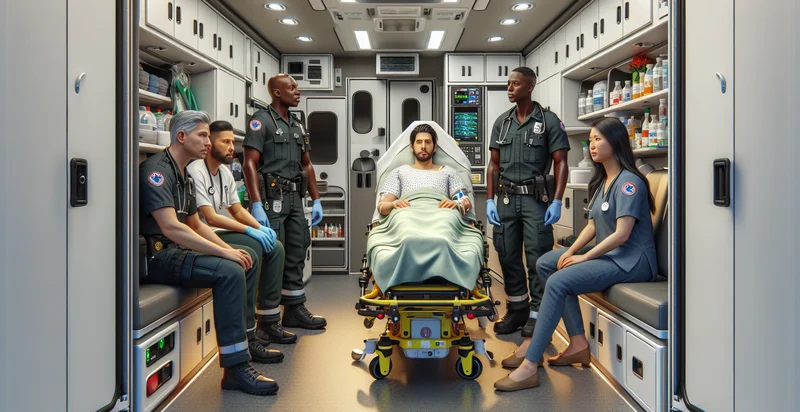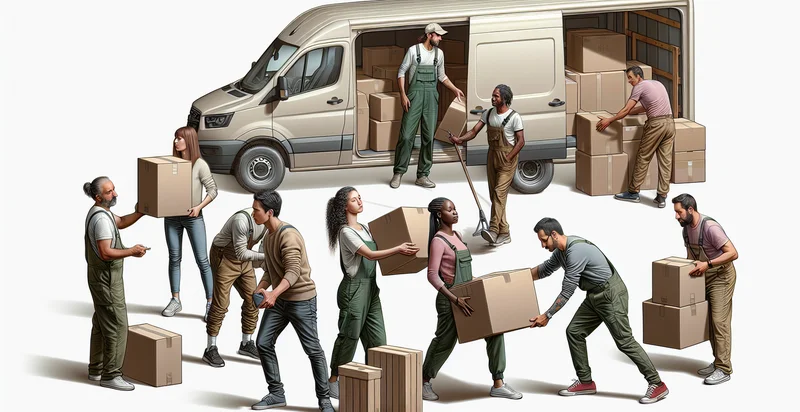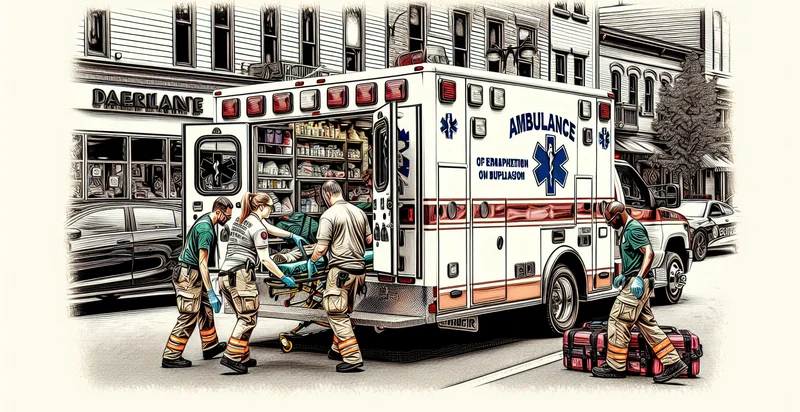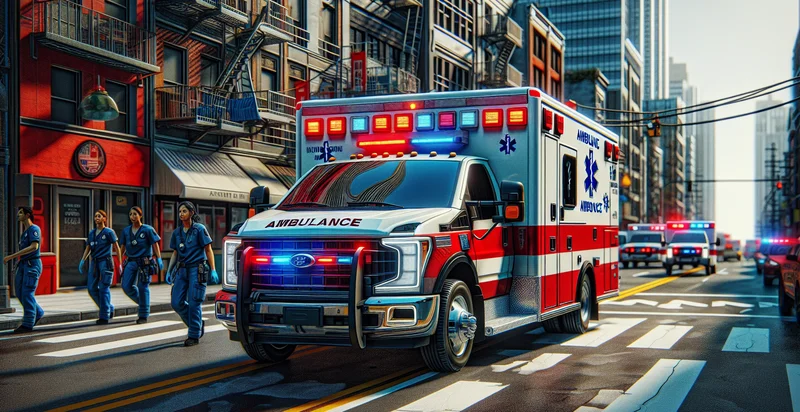Identify how many people are in an ambulance
using AI
Below is a free classifier to identify how many people are in an ambulance. Just upload your image, and our AI will predict how many people are in an ambulance - in just seconds.

Contact us for API access
Or, use Nyckel to build highly-accurate custom classifiers in just minutes. No PhD required.
Get started
import nyckel
credentials = nyckel.Credentials("YOUR_CLIENT_ID", "YOUR_CLIENT_SECRET")
nyckel.invoke("how-many-people-are-in-an-ambulance", "your_image_url", credentials)
fetch('https://www.nyckel.com/v1/functions/how-many-people-are-in-an-ambulance/invoke', {
method: 'POST',
headers: {
'Authorization': 'Bearer ' + 'YOUR_BEARER_TOKEN',
'Content-Type': 'application/json',
},
body: JSON.stringify(
{"data": "your_image_url"}
)
})
.then(response => response.json())
.then(data => console.log(data));
curl -X POST \
-H "Content-Type: application/json" \
-H "Authorization: Bearer YOUR_BEARER_TOKEN" \
-d '{"data": "your_image_url"}' \
https://www.nyckel.com/v1/functions/how-many-people-are-in-an-ambulance/invoke
How this classifier works
To start, upload your image. Our AI tool will then predict how many people are in an ambulance.
This pretrained image model uses a Nyckel-created dataset and has 11 labels, including 0, 1, 10+, 2, 3, 4, 5, 6, 7 and 8.
We'll also show a confidence score (the higher the number, the more confident the AI model is around how many people are in an ambulance).
Whether you're just curious or building how many people are in an ambulance detection into your application, we hope our classifier proves helpful.
Related Classifiers
Need to identify how many people are in an ambulance at scale?
Get API or Zapier access to this classifier for free. It's perfect for:
- Emergency Response Optimization: This function can be integrated into emergency services to monitor the number of occupants in an ambulance in real-time. By ensuring that ambulances are neither over nor under-utilized during critical situations, dispatchers can optimize response times and resource allocation, improving overall service delivery.
- Hospital Resource Management: Hospitals can utilize the classification function to track the incoming and outgoing patient load in ambulances. This data can assist in managing bed availability and other resources in real-time, ensuring that hospitals are prepared for incoming patients.
- Data Analytics for Healthcare Trends: Collecting data on how many people are transported in ambulances over time can provide insights into healthcare trends and patterns. This information can aid in strategic planning and resource allocation for emergency services based on seasonal demands or crisis situations.
- Insurance Fraud Detection: Insurance companies can use this image classification to verify claims involving ambulance transport. By accurately identifying the number of occupants, insurers can detect discrepancies in reported claims, minimizing fraudulent activity.
- Training and Simulation for Paramedics: The function can support the development of training programs for paramedics by analyzing real scenarios. Understanding how many patients are typically transported can help in refining training protocols and improving emergency response techniques.
- Crowd Management at Events: Event organizers can deploy this classification function to manage ambulance services during large gatherings. By monitoring the number of individuals in each ambulance, event coordinators can ensure medical resources are efficiently allocated and can anticipate needs based on crowd behaviors.
- Smart City Initiatives: Integration of this function within smart city frameworks can enhance urban emergency management. Analyzing ambulance occupancy can enable city officials to identify hotspots for medical emergencies, informing urban planning and public health initiatives aimed at reducing response times and improving community health outcomes.


